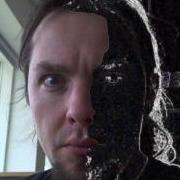Change resolution image snaped by gigE camera
-
Similar Content
-
Timestamp of image
By Francois Aujard,
- imaqdxreceivetimestamplow
- imaqdxreceivetimestamphigh
- (and 3 more)
- 3 replies
- 1,673 views
-
Unable to load XML file in NI-MAX for Allied Vision Manta_G 145B. IMAQdx v. 20.6 and 21.0
By Alex K,
- 1 reply
- 2,211 views
-
- 3 replies
- 4,514 views
-
New Toolkit : OpenCV wrapper for Raspberry Pi (LinuxRT) for LabVIEW (Great ! learning platform for learning machine vision with LabVIEW)
By hutha,
- vision
- raspberrypi
- (and 1 more)
- 6 replies
- 13,054 views
-
- 7 replies
- 6,939 views
-





Recommended Posts
Join the conversation
You can post now and register later. If you have an account, sign in now to post with your account.